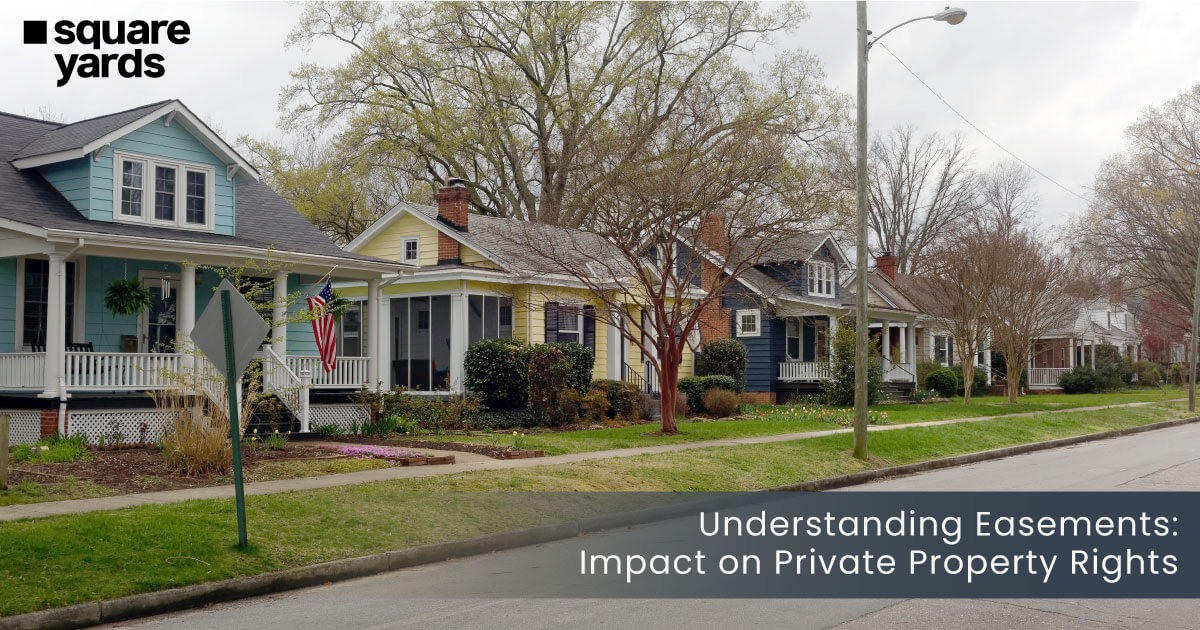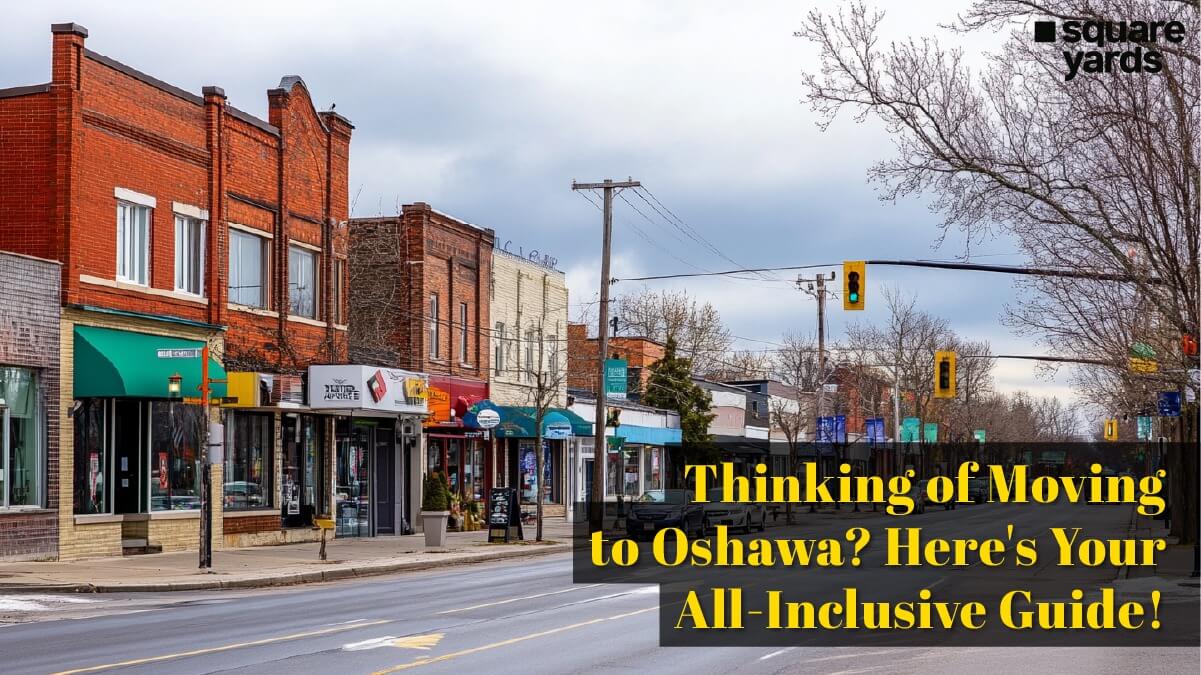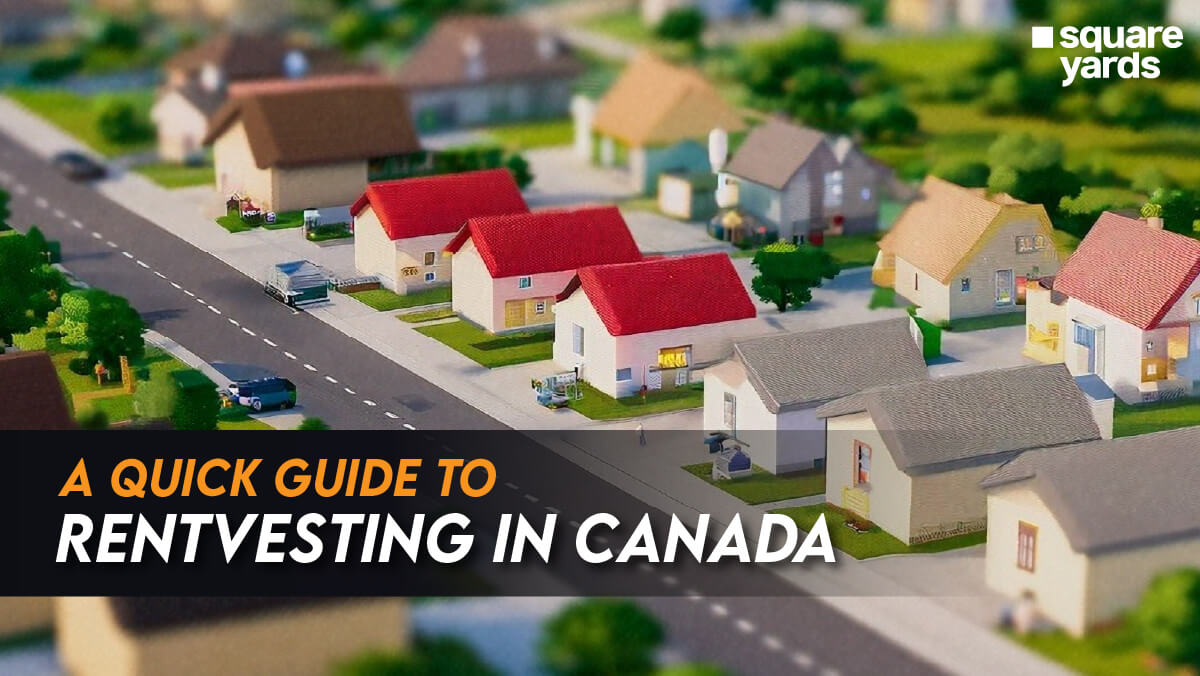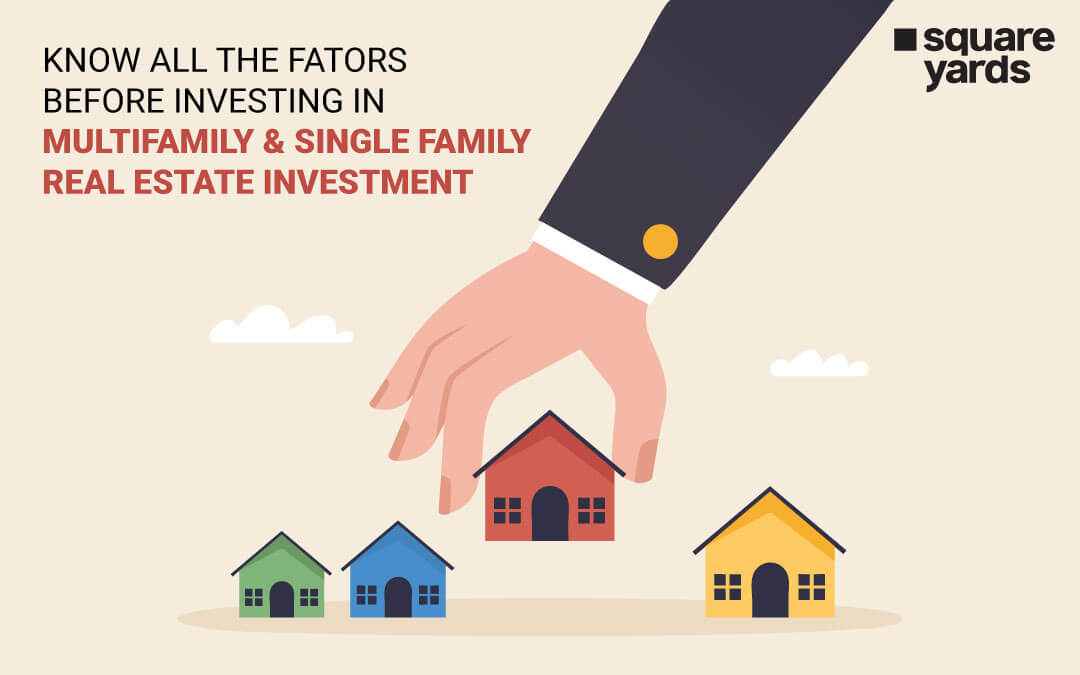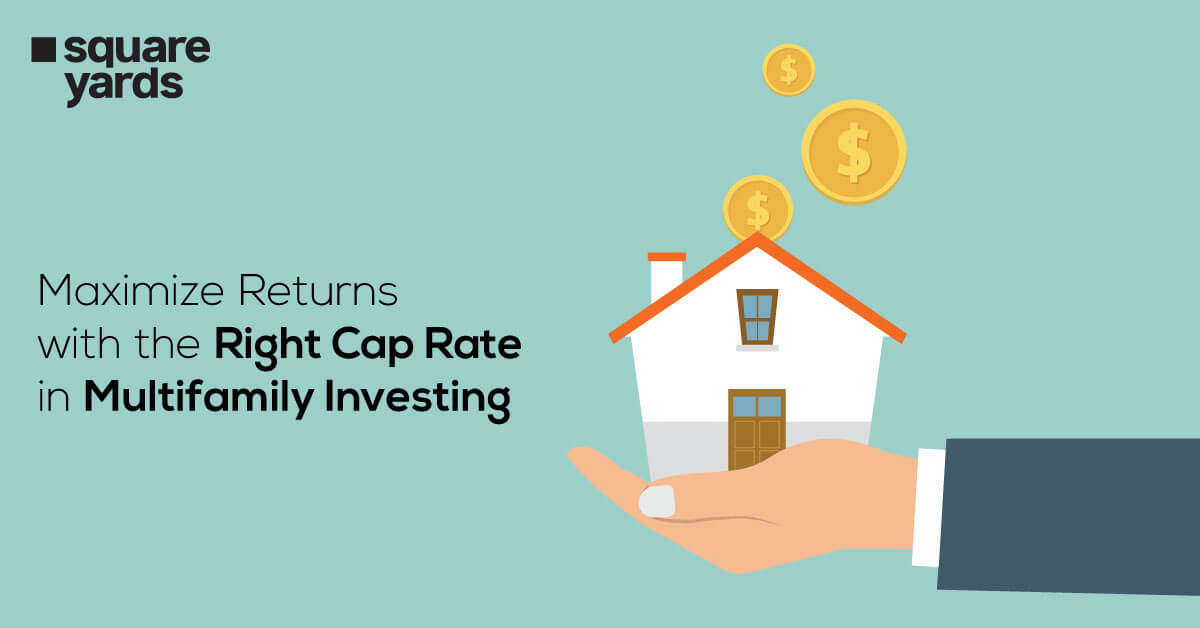An easement on property is a legal tool that provides a gateway for specified rights over properties, granting unique access or usage despite not owning the land. Let’s discuss property law as we uncover the significance and impact of easements on property shaping rights and facilitating essential connections.
Easement: Understanding Shared Property Rights
Easements are legal rights that grant someone limited use or access to another person’s property for a specific purpose, even though they do not own that property. These rights could include the right to cross over a portion of land, use a pathway, install utility lines, or access a water source. Easements can be created through agreements between property owners, by necessity, or by court order. They typically remain attached to the property even when ownership changes, providing certain rights to specific individuals or entities.
Purchases and Sales Property with Easements

Easements are legal rights that should be carefully considered and understood when purchasing or selling real estate. A person other than the owner is granted particular rights or access to a portion of the land through easements. The following are important things to remember:
-
- The easement’s rights and obligations are automatically transferred to the new owners when you sell your property.
- Before buying a property, carefully examine the title deed and any accessible property records to identify any existing easements. This will help ensure a comprehensive understanding of the property’s associated rights.
- A landowner is not required to obtain the consent of the party benefiting from the easement to sell their property. However, any changes to the property’s use must consider the existence of easements. This includes actions such as severance, moving fences, or adding new buildings.
Easement on Property Documentation
The original document creating the easement and any subsequent transfers or mortgages must explicitly specify the land affected by the easement. These pertinent documents, referred to as an ‘instrument’—which could include a reference plan or legal documentation—are typically included in the Parcel Register. This register can be accessed by downloading it via TERANET or purchasing it from the local Land Registry Office. Easements are typically documented through legal instruments to ensure clarity and enforceability. The specific documentation process may vary by jurisdiction. Firstly, to ensure easements are valid, they must be officially recorded at the Registry Office or on TERANET. This is like putting it on the property’s official record. The document should describe the land that has the easement (called “servant tenement”) and explain why the easement exists. It also describes the land that benefits from the easement (called “dominant tenement”).
In What Way Is an Easement Explained?
An easement is permission to utilise a portion of another person’s land for a certain purpose. Typically, but not always, easements are listed on your Certificate of Title. Details regarding the type of easement and its location will be displayed on the Certificate of Title or Plan if the easement is registered. Easements will be mentioned in the legally binding document (which will be assigned a unique number from the land registration) and the legal description of the property, which goes into great detail about the easements. Sometimes, verbal consent to utilise someone else’s land is mistaken for an easement. In such a scenario, obtaining and registering a written agreement with the title is advisable.
A Closer Look at Right-of-Ways
One kind of easement that frequently impacts residential properties is a “right-of-way” (ROW). Right-of-ways provide for the direct passage of automobiles, pedestrians, and animals along a designated path. A right-of-way connects two nearby homes. When a ROW passes through adjacent land, a deed will usually specify what the land is “subject to” (S/T) or “together with” (T/W) in relation to that land. When something is not expressly recorded on the title, what appears to be legal access may not even be a right-of-way. Sometimes, a right-of-way was intended but was not included in the act wording when the parcels were formed several decades ago. In certain situations, it can have been a miscommunication between the initial parties (a builder and a developer), or it might have been a mistake made by the attorney. Correcting such a shortcoming may be feasible in the present day.
Exception Rule in Easement
In certain situations, there might exist a common law right-of-way by prescription, especially when a driveway has been consistently used for an extended period, although it hasn’t been officially registered. However, this right is not applicable if the land is under the land titles system, which is similar to adverse possession. For a court to rule in favour of the party seeking such access, the consistent use must span twenty continuous years (not ten) before the date of conversion to Land Titles, and it must also meet other legal requirements established by precedent. Reaching a settlement with the neighbour to establish and register a legal easement “on title” is an additional choice. Although a financial cost can be involved, doing this can prevent thousands of dollars in legal bills and lead to better relationships.
Utility Easements
Utility easements are documented and cross numerous properties throughout the Greater Toronto Area. These could encompass electricity, television cables, and telephone lines that extend across multiple properties along the rear property lines within a block. Generally, utilities situated in front of homes are permitted along the road and typically do not require easements. Moreover, easements are unnecessary for services directed specifically to individual homes. However, complications arise with lines that cross one property to provide services to another.
Problems to Consider
Despite their importance, easements can provide difficulties for landowners. Giving outsiders access may restrict your privacy or your ability to manage your property. You may also spend additional expenses if you are in charge of maintaining particular areas. Easements can limit specific development or building on your land, changing how it is used. There may be disagreements with easement recipients, particularly regarding maintenance or use. Conflicts can arise from unclear definitions of terms or boundaries. Easements may also affect the market value of your property, particularly if they restrict possible uses or raise questions for prospective buyers. For a more seamless experience as a property owner, it is essential to understand easement terms, get legal advice, and set clear boundaries to handle these concerns.
Types of Easement
Many types of easements impact Canadian land. Several of the items are listed below:
-
- Air rights
- Maintenance
- Time-limited access
- Support
- Right to light
- Conservation easements
- Construction
- Easement described in a condominium declaration
How Can You Find Out Whether Your Property Has An Easement?
To find out if your property has an easement, check your property deed, where easements are typically recorded. This legal document will detail the type and purpose of any existing easements. You can also visit your local county clerk’s or land records office to obtain a copy of your property’s title or deed, which should include information about recorded easements. Consult a real estate professional or title company for guidance if you need assistance. Awareness of any easements associated with your property ensures a clear understanding of your rights and responsibilities.
In Ontario, Teranet Inc. is partnered with to manage all land title and registry information. Each property in Ontario possesses a Parcel Register, akin to a property “passport,” containing a Property Description and a concise legal summary. Any registered easement agreements for shared land use typically appear in this Property Description. Our system examines a property’s Property Description for evidence of easements, and the provided Easement Status is derived from this analysis. This process serves as a means to ascertain whether any specific agreements or shared uses are associated with a property in Ontario.
You May Also Read :
|
All About Non-Resident Canada Tax |
|
|
Know About Toronto Property Tax |
|
|
Understand Freehold Vs Leasehold |
|
|
How To Buy New Construction Homes |
Frequently Asked Questions (FAQs)
An easement is related to any immovable property, whereas a license is a personal right and has no relation to property.
The easement status provided is based on available records, but it's essential to verify with legal professionals for complete accuracy.
In Ontario, an easement lets someone use your land for a particular purpose, like accessing a resource. It doesn't transfer ownership. A right of way, on the other hand, is more specific – it means someone has the right to pass through your land, usually for travel. So, easements involve various land uses, while a right of way is specifically about the right to pass through a certain area. What is the difference between an easement and a license?
Is your easement on property status always correct?
What is the difference between an easement and a right of way in Ontario?

